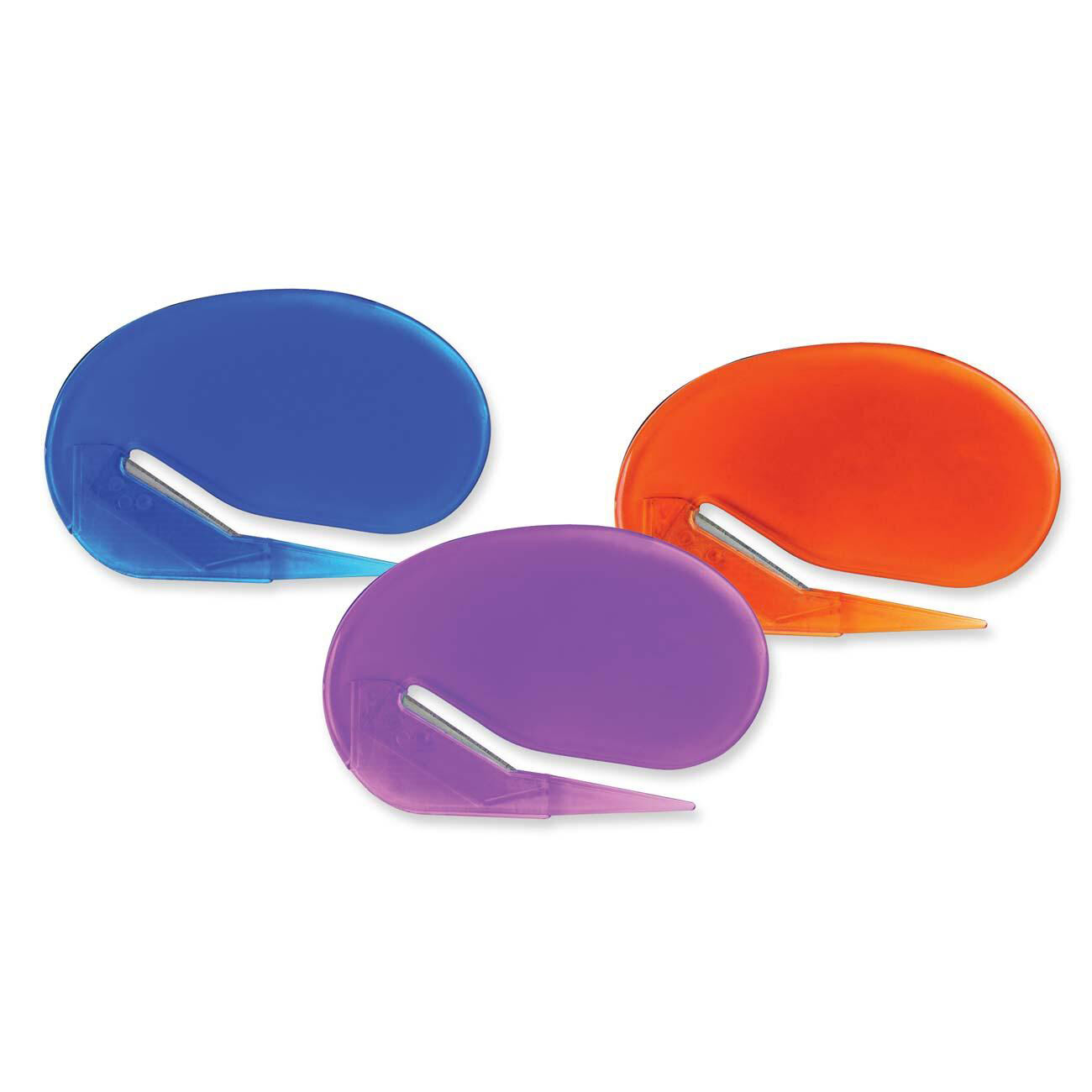-40%
FABERGE Paperknife 14K Russian Gold 56 Hardstone Diamond Guilloche Letter Opener
$ 65999.97
- Description
- Size Guide
Description
For your consideration is an exceedingly rare, 1900c. Russian Imperial Presentation, gem-set jeweled, two-tone solid 14K rose and yellow gold and diamond encrusted natural Agate paper-knife by chief Faberge jeweler and workmaster August Holmström (1829-1903) – work-master mark AH, active 1857-1903. Unlike the more common Jade green Nephrite blades, this natural opalescent Siberian agate blade is truly a one of a kind masterpiece. Made in St. Petersburg between 1899 and 1903. Weight is 76.97g.Measuring in at a staggering 26.35 cm. (US/10.375 inches), the hand-carved translucent blade is fashioned from genuine Siberian Agate and is delicately sleeved with a meticulously crafted solid yellow gold Russian Imperial Eagle with center diamond mounted on a circular gold base featuring Faberge’s traditional world-class enamel Guilloche.
Above the gold and diamond embellished Imperial Eagle is a gold and diamond encrusted Imperial Russian Royal Cyrillic cipher (Cipher) M, presumably implying royal imperial provenance attributed to Russian Empress, Maria Feodorovna, born Princess Dagmar of Denmark (26 November 1847 – 13 October 1928). The Russian Royal Cyrillic cipher (Cipher) M is topped with a diamond encrusted royal imperial crown. Altogether, a total of 102 old mine cut diamonds are noted.
Also known as the Empress Consort of Russia, she was the second daughter of Christian IX of Denmark and Louise of Hesse-Kassel. Her eldest sister was Queen Alexandra of the United Kingdom, great-grandmother of the current monarch Elizabeth II. After her marriage to Alexander III of Russia, she became the Empress Consort of Russia as Maria Feodorovna (Cyrillic:Mapия Фёдopoвна). Among her children was the last Russian monarch, the Emperor Nicholas II, whom she outlived by ten years.
Albert Holmström, son of August Holmström (not to be confused with August Holmström), continued using his father’s makers mark AH from 1903-1917. This Faberge letter opener is likely not attributed to Albert Holmström because the Faberge workmaster makers mark AH is paired with the St. Petersburg 56 gold zolotnik mark (Russian Imperial gold standard for 14K) with Cyrillic initials ЯЛ for St Petersburg assay master Yakov Liapunov (1899-1903). Because the use of the Russian 56ЯЛ gold mark was discontinued in 1903, the same year of August Holmström’s death, it is highly likely that this Faberge objet d’art can be attributed to elder August Holmström with near 100 percent certainty.
There are no hard and fast rules regarding the marks of the House of Fabergé. In St. Petersburg, Fabergé in Cyrillic script was used, although the initials KF in Cyrillic were used on smaller items. In the case of this particular paperknife, the backside of the double banded gold collar is marked Fabergé in Cyrillic Фаберже (Left), AH mark for Faberge workmaster Albert Holmström, active 1903-1917 (Center), and the Russian zolotnik 56ЯЛ mark for 14K gold (Right).
It appears to be unique in the Fabergé genre that the same mark AH was used by two generations of qualified workmasters, and needs to be considered when dating this piece. Examples of their work are the 1892 Diamond Trellis Egg (2011 McFerrin Collection), and the 1896 Lilies of the Valley Basket (Matilda Geddings Gray Collection) and under Albert’s leadership, the 1913 Winter Egg (private collection) and 1914 Mosaic Egg (British Royal Collection).
The House of Fabergé was founded in 1842 by Gustav Fabergé(1814-1893) in Pernau, Estonia. It blossomed under his son Carl Fabergé who took over the St. Petersburg family jewelry business in 1872. Branches in Moscow, Kiev, Odessa, and a sales-only branch in London (1903-1917) catered to elite clientele worldwide. The famous Easter eggs and decorative objects made between 1885 and 1917 are displayed in permanent and traveling museum exhibitions, are sold by reputable dealers and leading auction houses, and have been treasured by collectors for over a hundred years.



















